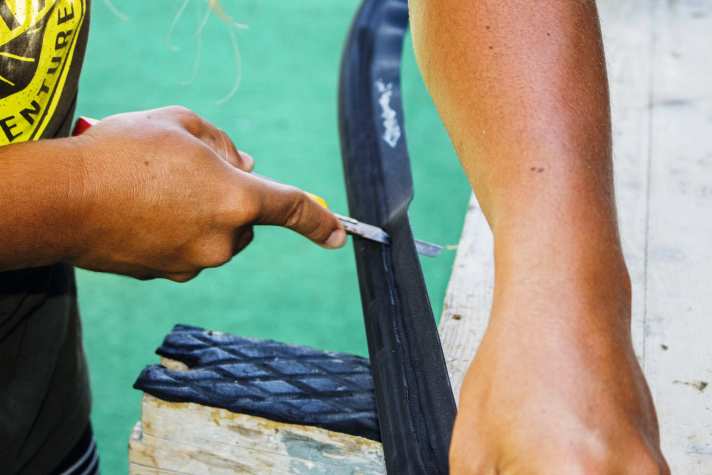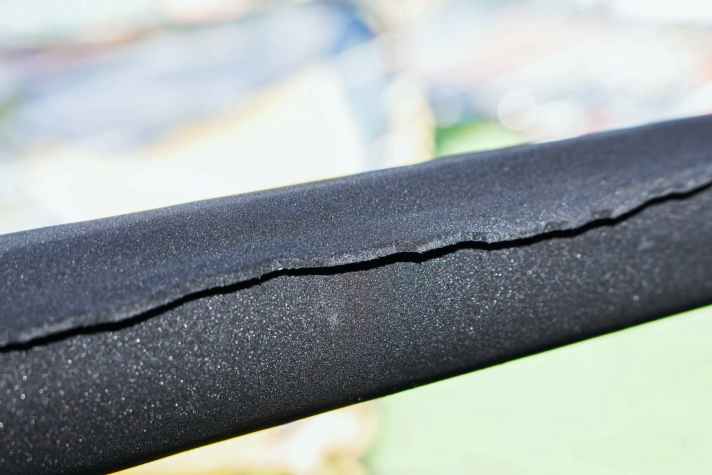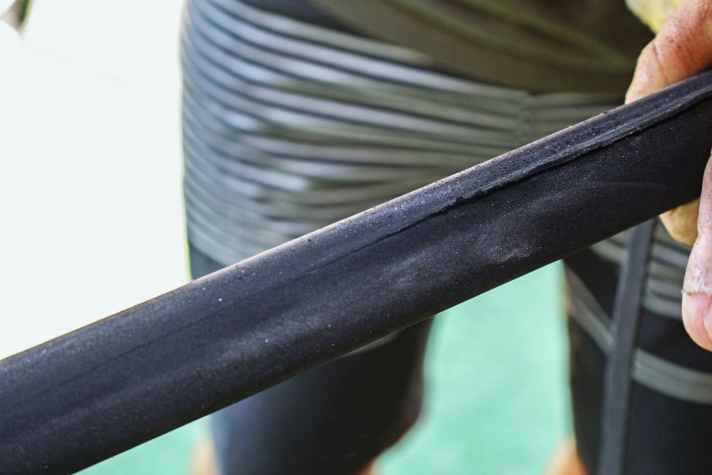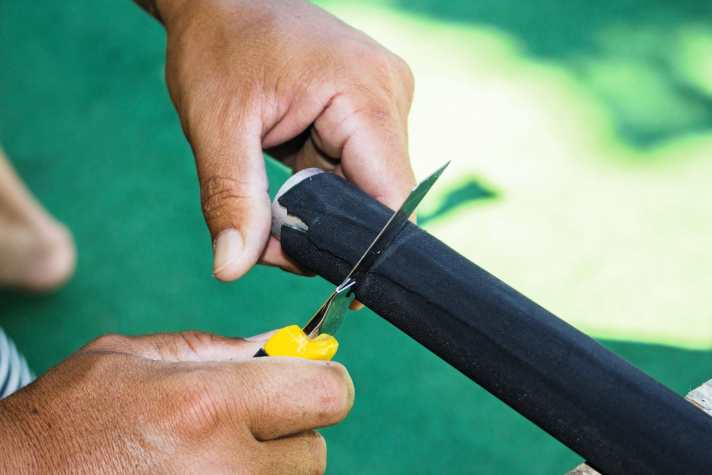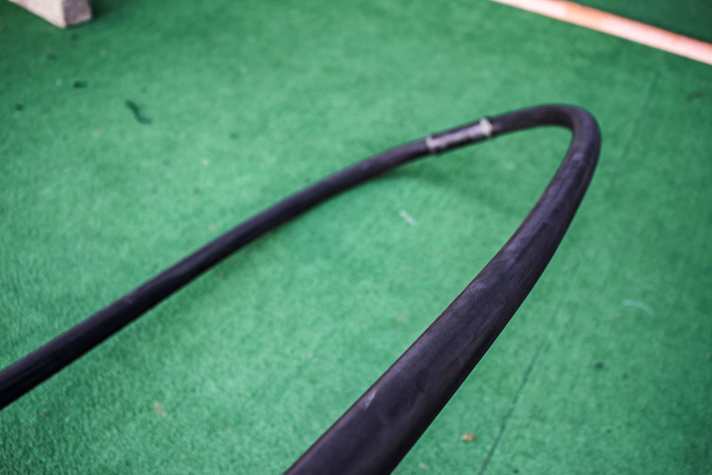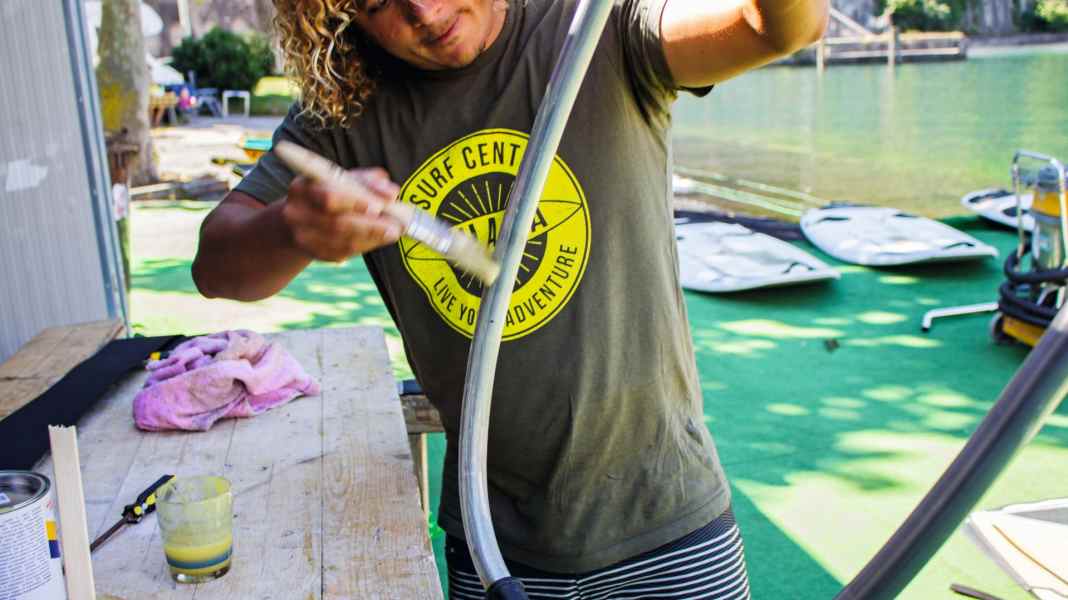
Easier than ever
Cutting, grinding, nibbling - that was in the past and hardly worthwhile with an aluminium fork. With a small amount of petrol, however, the old coating can be removed from the fork almost residue-free and very easily. All you need is a polyethylene plastic hose and a little patience. With this super trick from the "A-Team" from the Shaka Surf Centre in Torbole - Ciba and Moabio - replacing the pad is easier than ever before. The following repair works for both aluminium and carbon forks!
You can get the EVA rubber, including original rubbers from Severne, NeilPryde or Aeron, in well-stocked shops at prices between 25 and 35 euros or via an online search (EVA Boom Grip). The grip should be a maximum of two to three millimetres thick.
The adhesive used here is "Bostik 99" (contact adhesive for linoleum, rubber, cork, metal) from Italian retailers. The readily available "Pattex Kraftkleber Gel Compact" also works well, reveals the fork expert from Sport Schneider in Podersdorf.
1. DESTROY
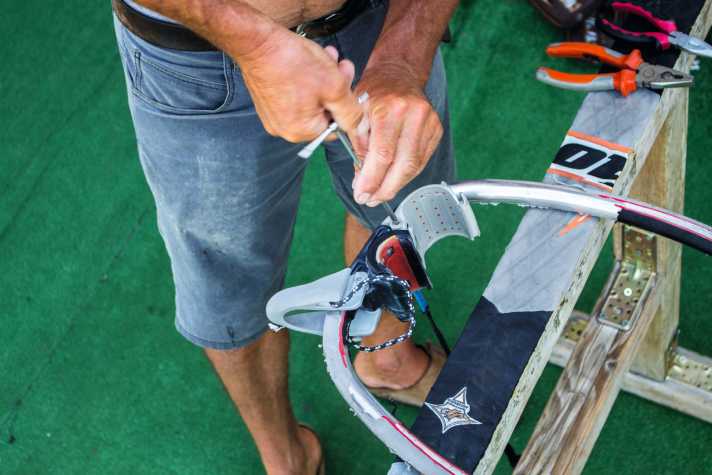
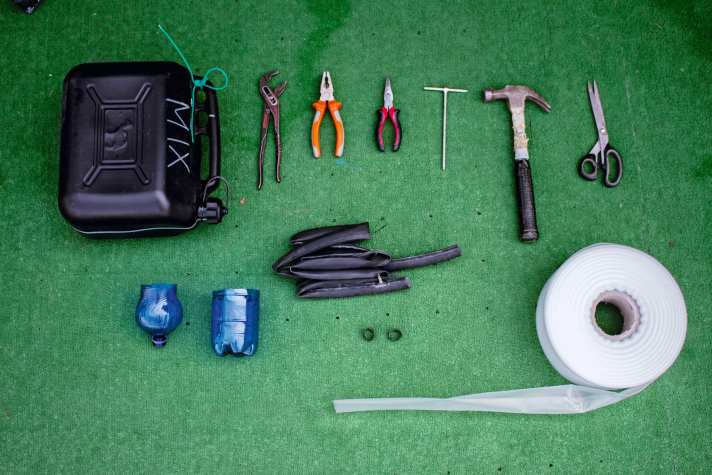
2. PACKING
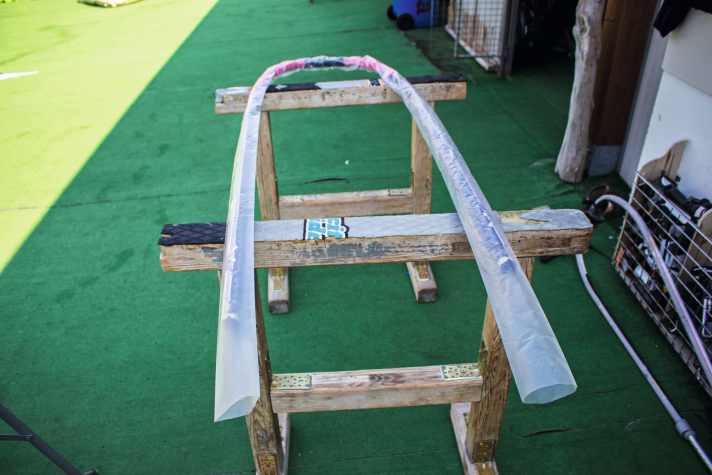
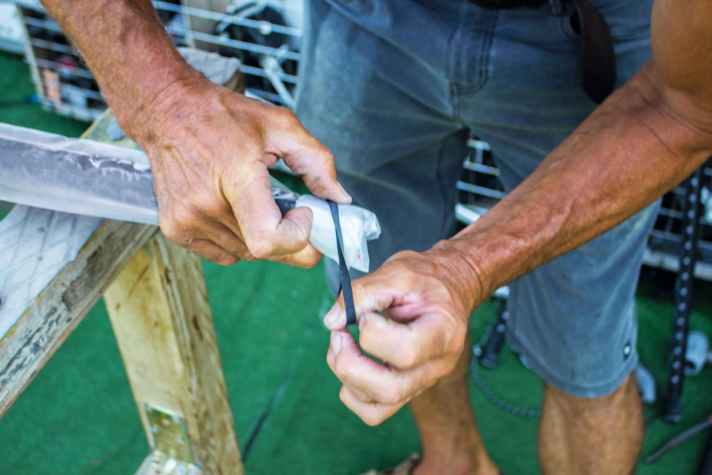
3 CHEMIELABORATORY
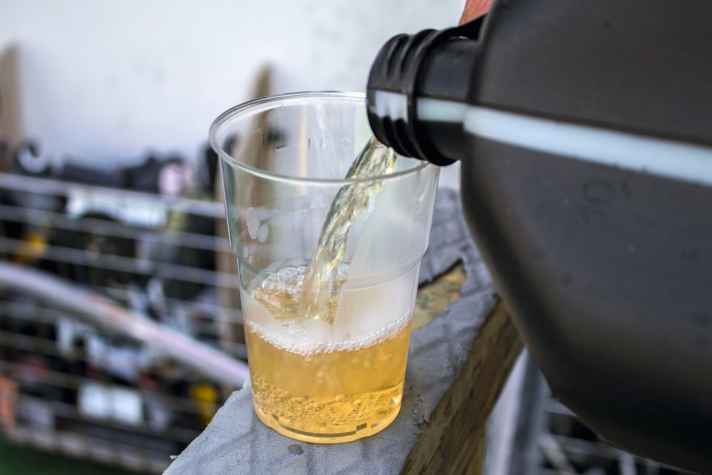
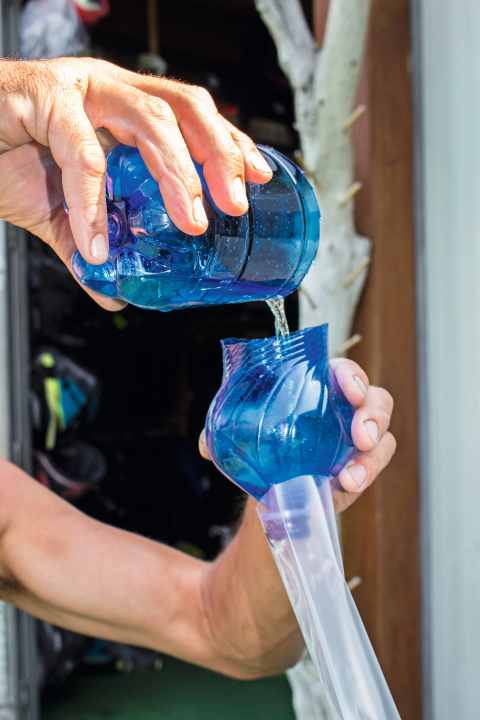
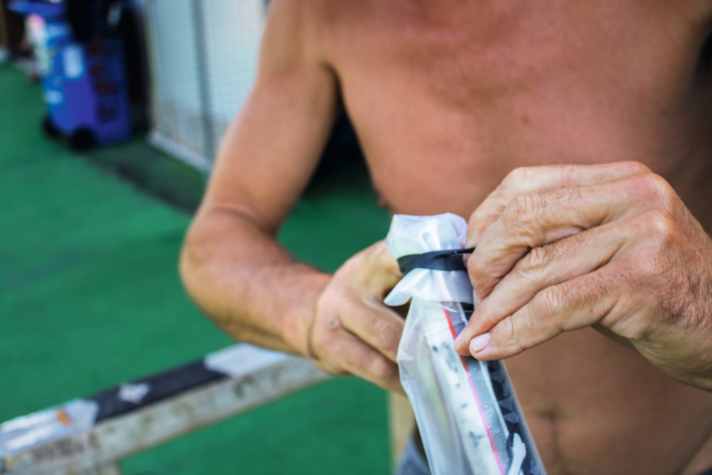
4. SHAKEN, NOT STIRRED
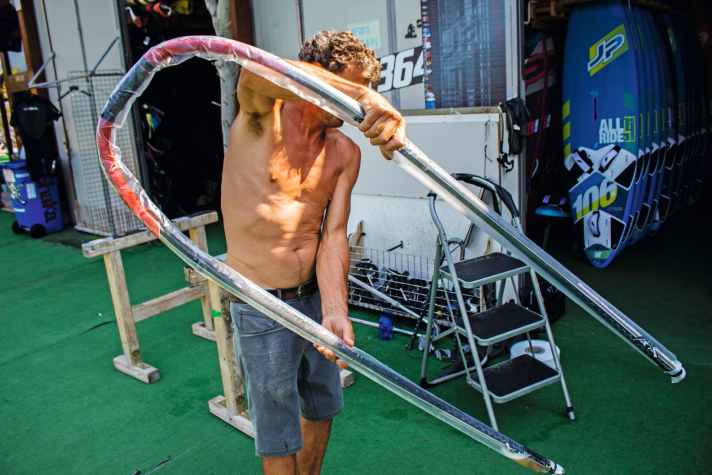
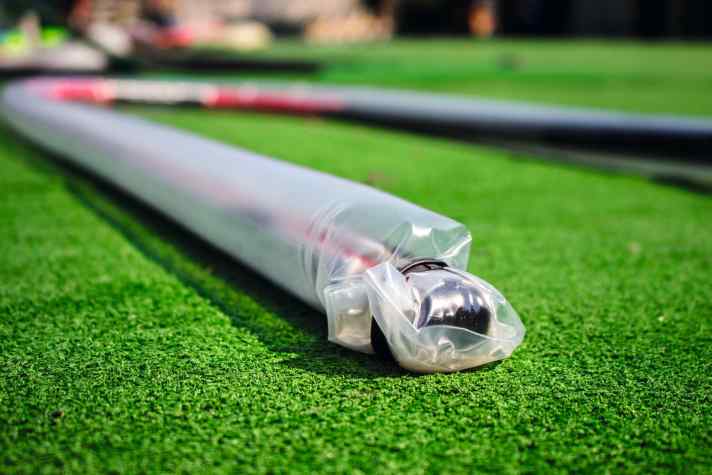
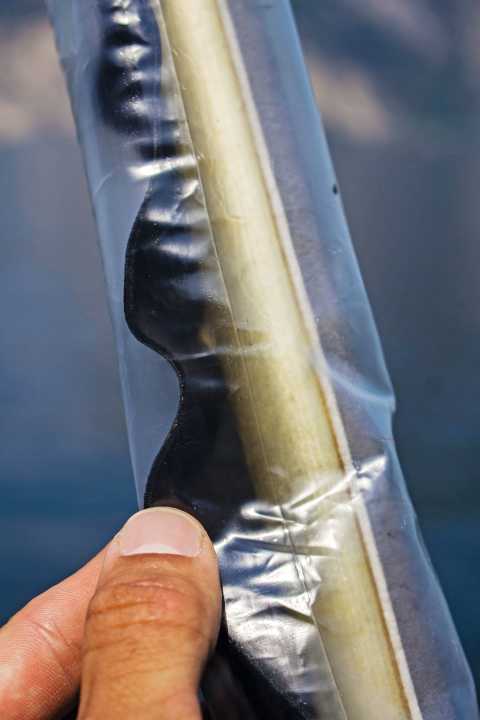
5 STREAPTEASE
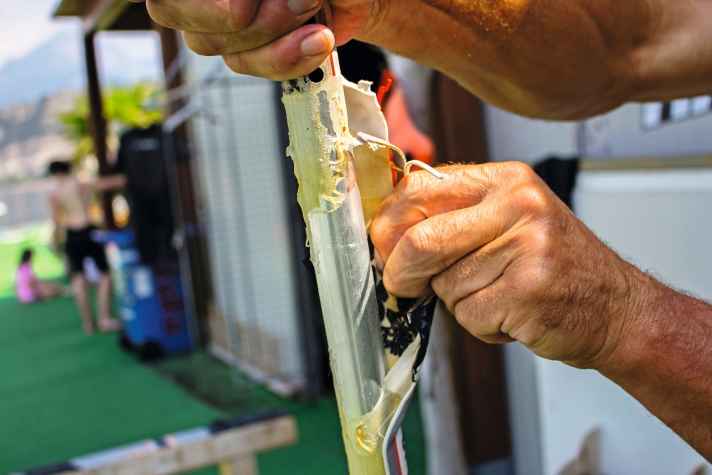
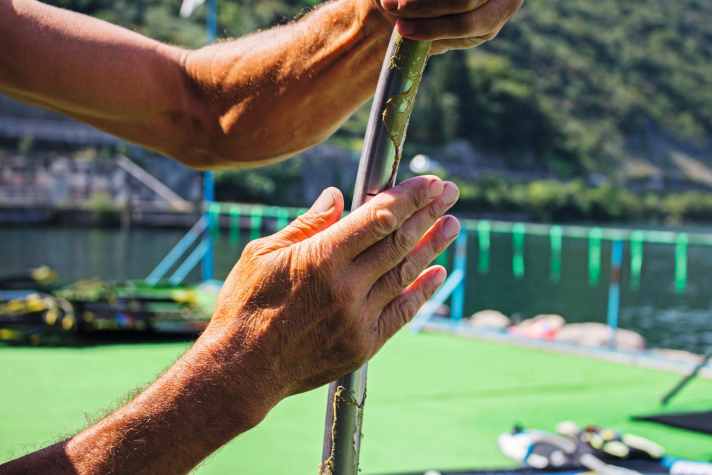
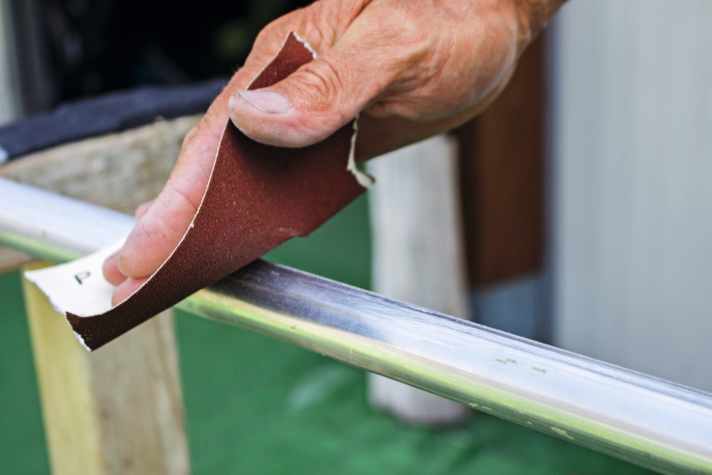
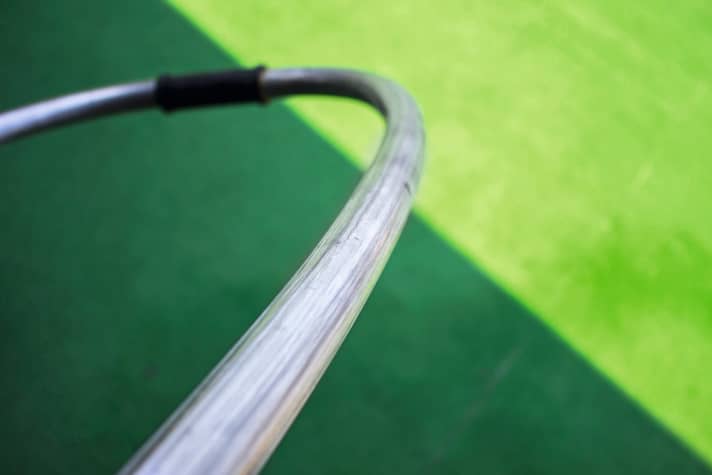
6. BONDING
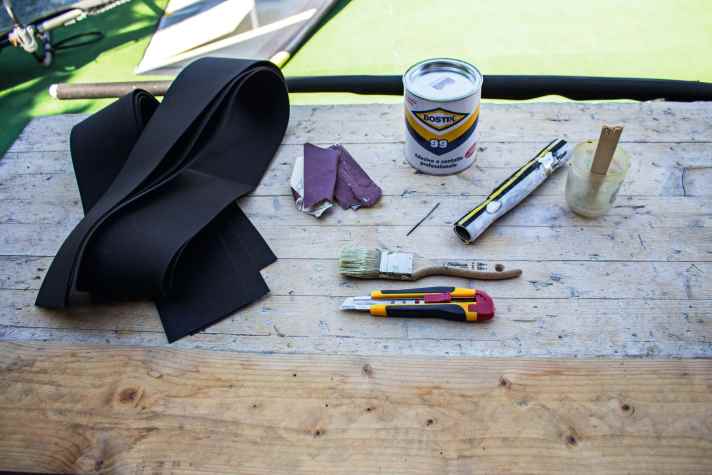
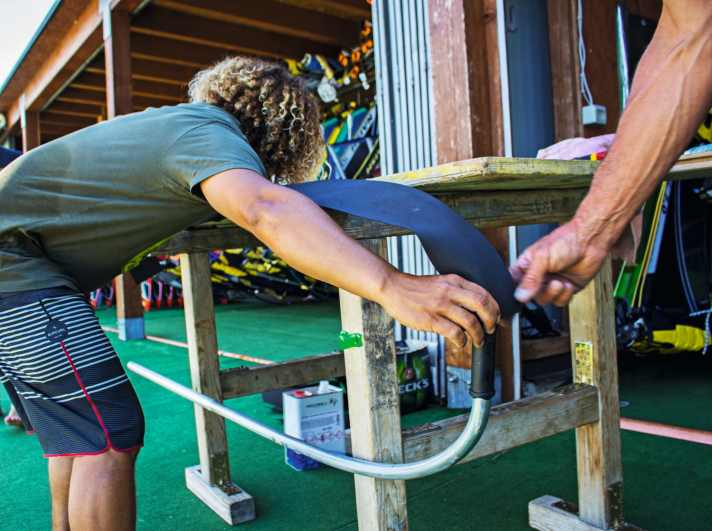
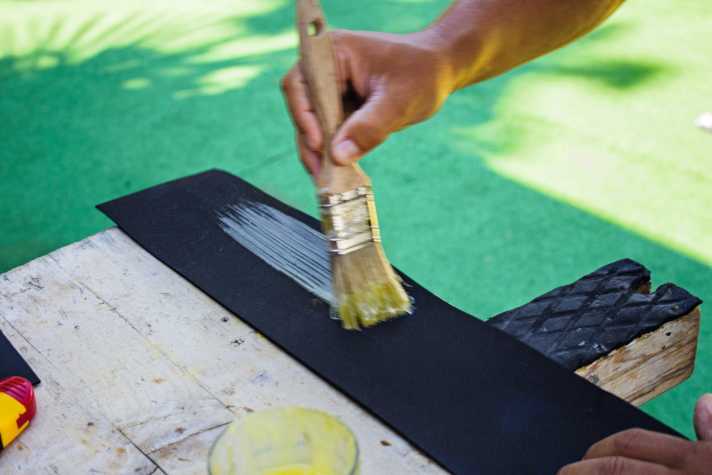
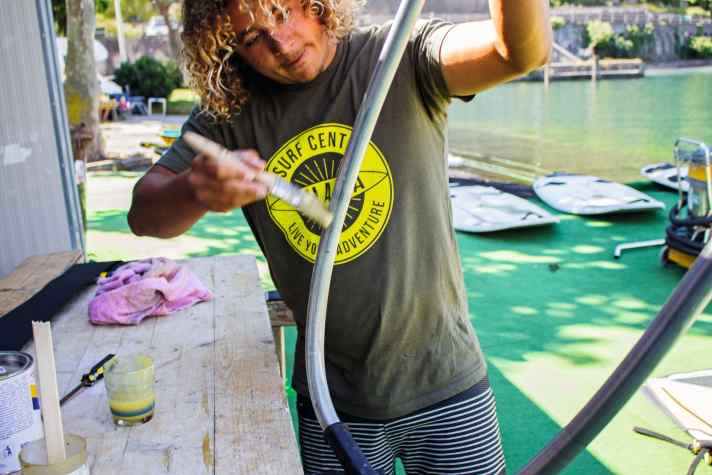
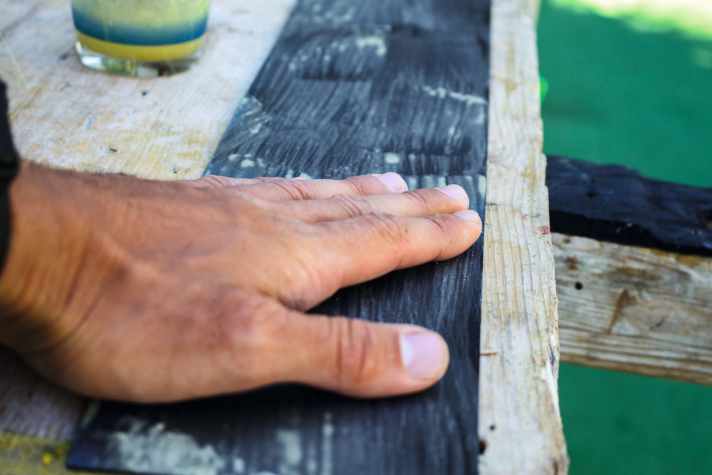
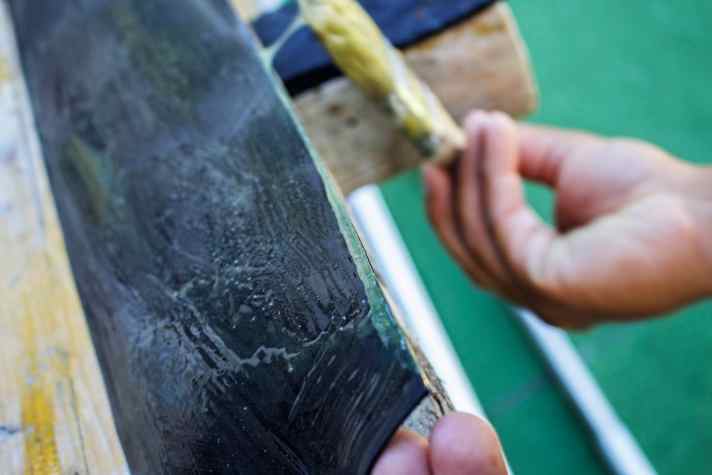
7. PRESS
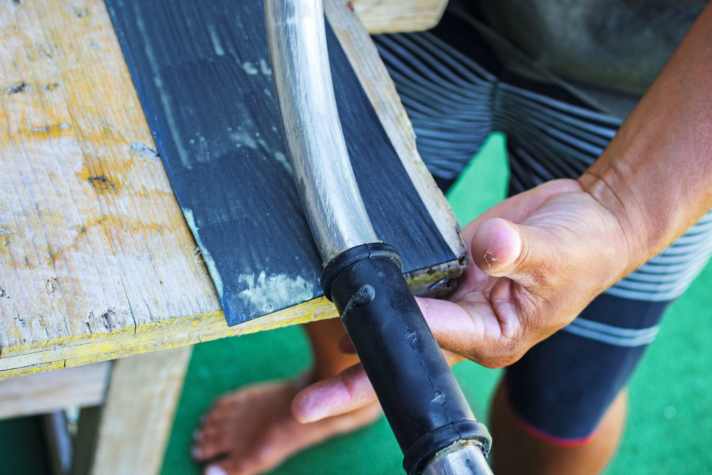
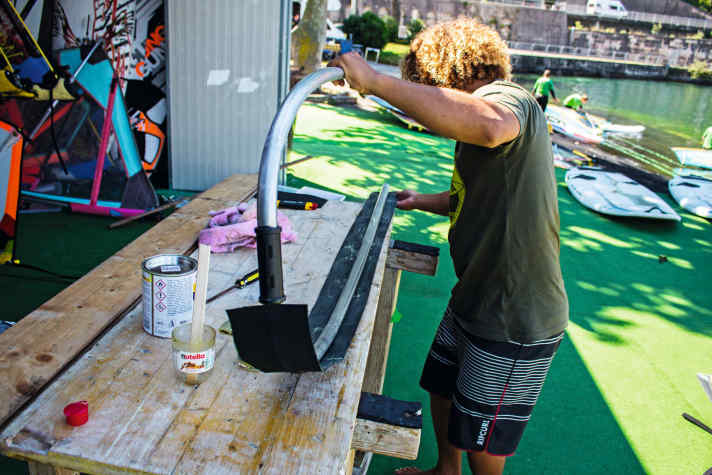
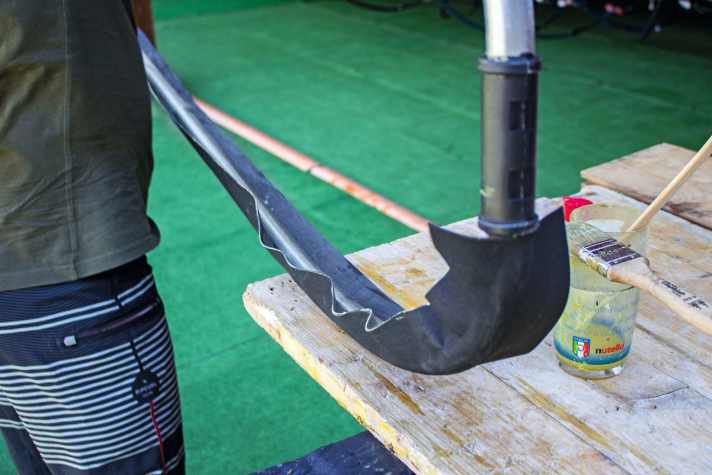
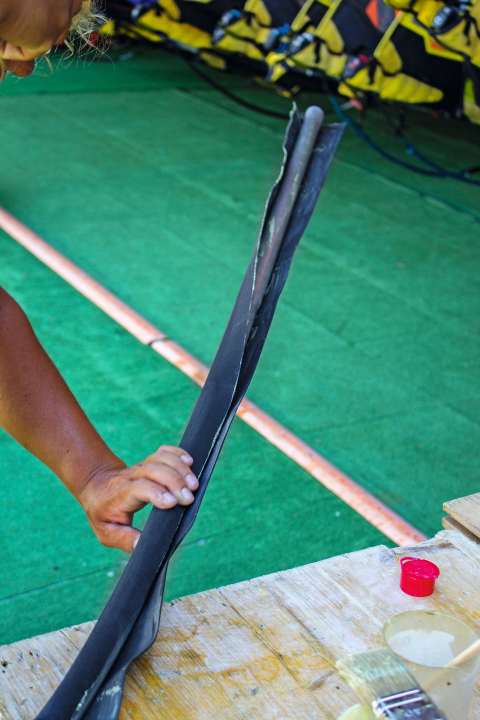
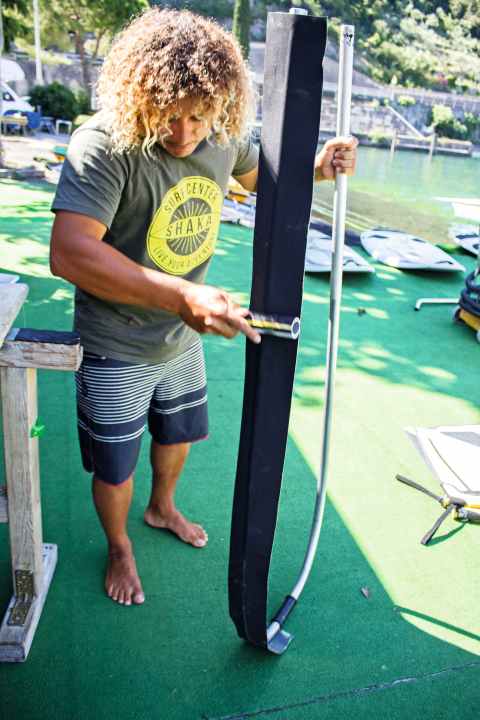
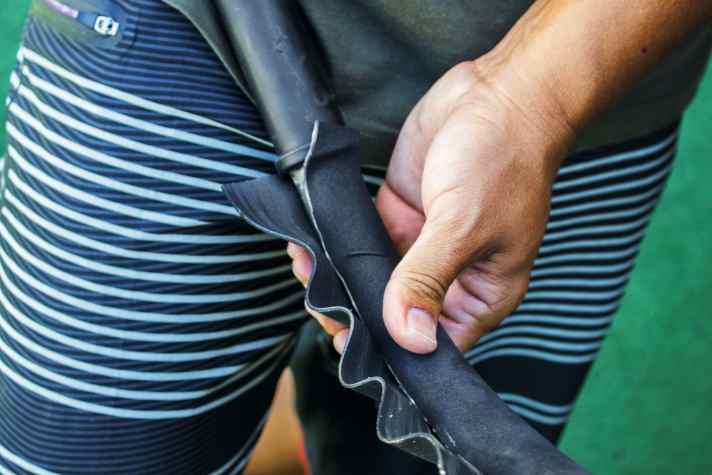
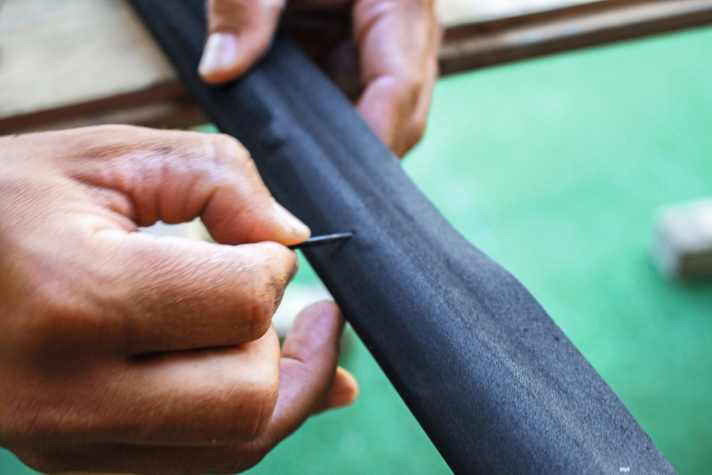
8. CUTTING AND SANDING
